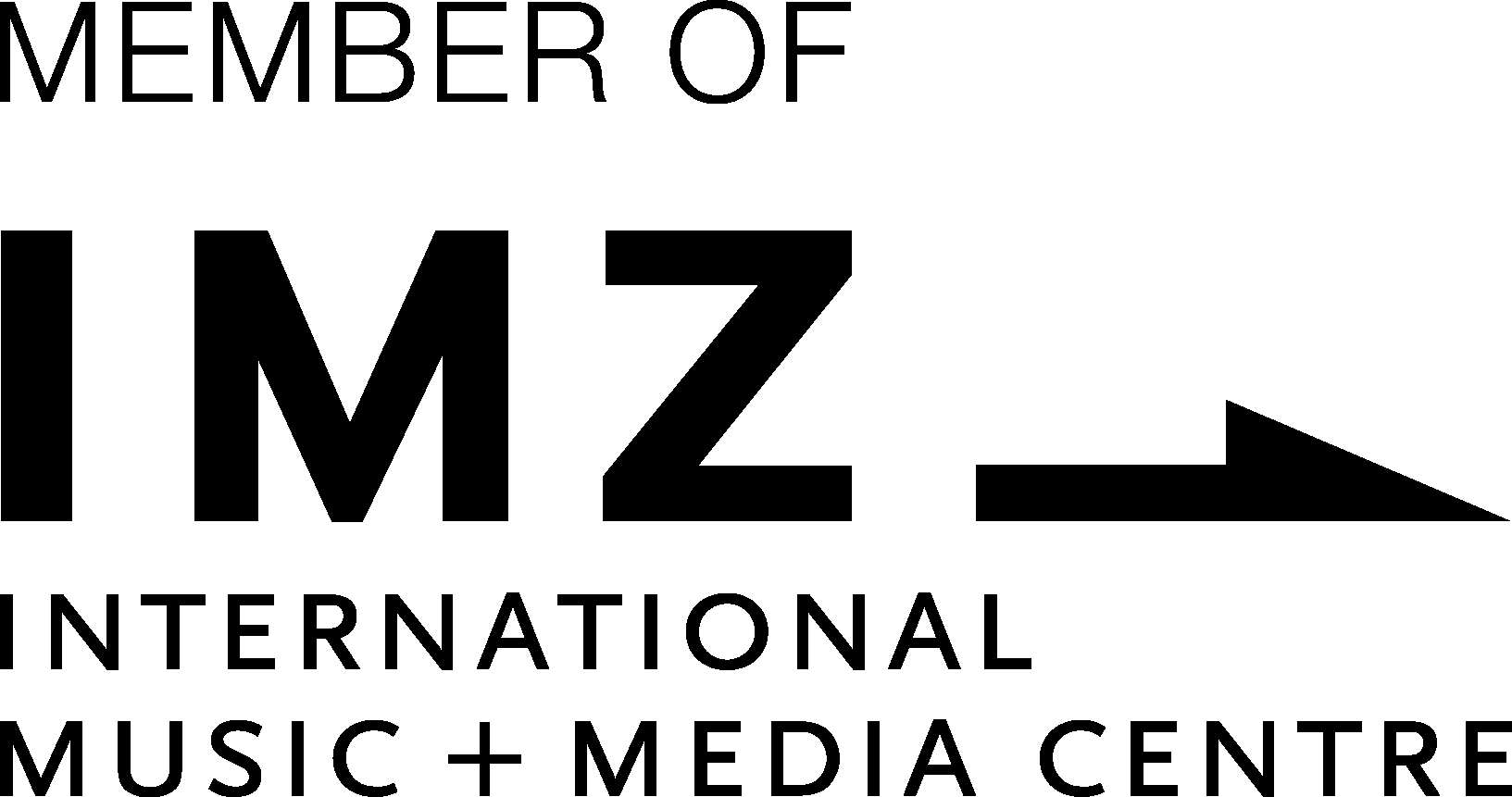In Veszprém, the European Capital of Culture, on 7-9 September, BALKAN:MOST will present the most comprehensive overview of contemporary Balkan music to date. We have collected five surprising facts that you can see for yourself if you attend the programme.
1. Bulgarian rhythm is not (only) Bulgarian
Bartók was the first to use the term „Bulgarian rhythm” for asymmetrical rhythms, but he was also cautious, since at the time of the appearance of the so-called Bulgarian rhythm he could only rely on a small collection from Banat and the writings of other experts. Since then, literature has identified the rhythm type in several traditions, for which aslak (Turkish for „lame”) is the accepted collective name. Bartók himself admitted that this rhythmic distribution was so unusual to his ear that he overlooked it on several occasions, but he still used it in his art and pedagogical work.
2. Diverse but identifiable
Is it even worthwhile to try to categorise the diversity of the Balkans under a single label? Or do we fall into the trap of generalisation? We can list a number of elements that link the region, certainly not along the borders. There is a divide between West and East, between the worlds of the mountains and of the coasts, but the Byzantine heritage, the strong Turkish influences, and later the uniformising “new” folk music of the socialist era are indelible within and outside the Balkans. The aforementioned „Bulgarian” rhythm, the macam system, the circle dances, the rich microtonality and, of course, emotional expressiveness make the music of the region identifiable. BALKAN:MOST concerts can tell you more and more vividly.
3. The „Bosnian blues” are not blues
It’s about Sevdalinka, which people like to call the „Bosnian blues”, but is more closely related to the fado and Sephardic traditions. This sweet music, which is mostly Bosnian, is also popular elsewhere and has had many reincarnations as a true live genre. Modern influences on Sephardic and Bosnian melodies, the traditional vocal-bağlama pair is joined by new instruments: accordion, guitar, double bass, drums, and violin. It comes from the Turkish word “Sevdah”, meaning amorous yearning or desire, and this describes the theme of most of the songs, but there are also faster, more upbeat Sevdalinkas, too. In September, the concerts of Divanhana, Dunjaluk, and Vladimir will feature different shades of Sevdah.
4. Kafana culture – more than a café
In the cities of the Balkans, you can find kafanas, popular tourist destinations that are partly co-educational and offer live music along with food and drinks. In Yugoslav times, it was here that the hits and rising stars of the so-called ‘new’ folk music (novokomponovana narodna muzika) fermented, but it is also the increment of the Turkish era and the cradle of the urban genres of Balkan music: Rebetiko and Sevdalinka. Similarly to the European role of cafés, they are a breeding ground for mixing and innovation, with a social function that is still alive today and a somewhat demi-monde or underground connotation. In music, they represent the popular, oriental line without which it is difficult to imagine Balkan music today.
5. Do the Balkans belong to everyone? (From Mozart to Balkan beat)
The West came to know the region through the Turkish occupation: its emblematic brass bands can be traced back to the Janissary bands, as can the ‘Turkish’ influence of Mozart and Beethoven. Later on, the new nations tried all the harder to shake off the Ottoman stylistic characteristics, riding the waves of romanticism and nationalism. This brings us to the neuralgic points of Balkan culture: the schematic Western perception and the fragmentation of nationalism. And there was no mention of the role of Roma musicians and the global fashion of the „Balkan beat”, which is a kind of expropriation, or the confrontation with Yugoslav homogenised folk music. BALKAN:MOST explores all of these with local experts, and features artists who interpret the diverse musical tradition with conscious gestures.
More information is available on the festival’s website and Facebook event.











